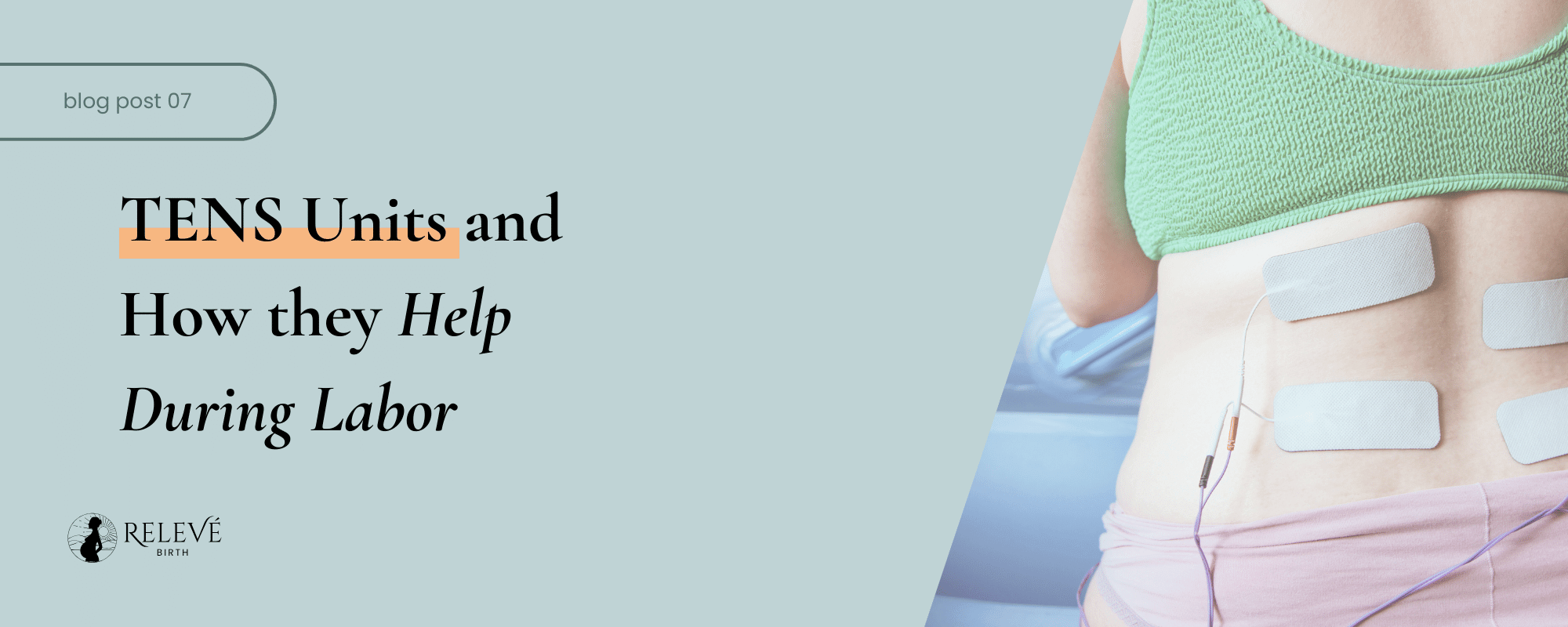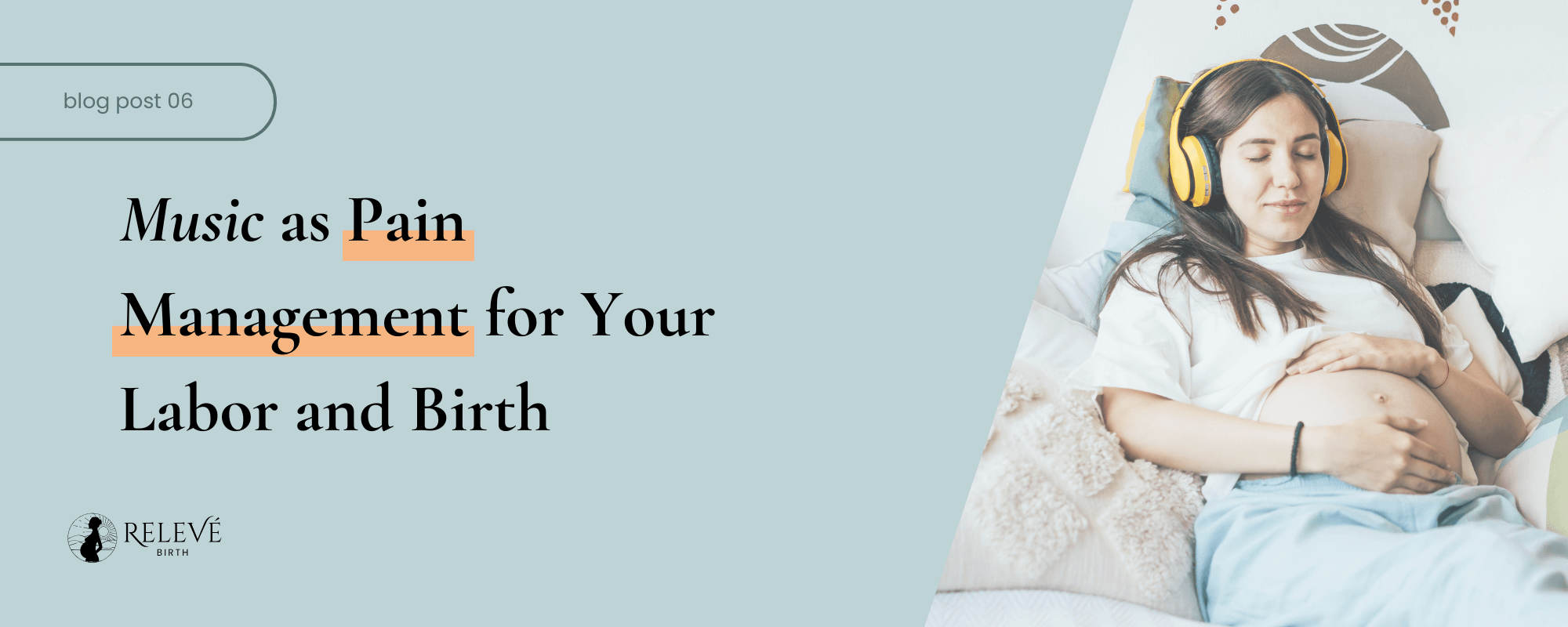Birthing Naturally: Exploring Non-Medical Pain Management for Pregnancy, Labor and Birth
Many women want to have an unmedicated birth but are fearful of the pain and intensity of labor and birth. In our current society it’s no wonder because we see birth as such a traumatic ordeal; just look at what we see on TV or in the movies. I can just picture it: all the screaming and yelling, and the best part when they say gimme all the drugs. What is depicted sure doesn’t paint the picture that it can be done any other way. All that is depicted is terrible pain and suffering. Now, I’m not going to sit here and tell you that birth isn’t hard or painful. But what I am going to say is that it is completely possible to have an unmedicated birth without the pain and suffering. There are many studies that show non-medical pain relief is effective during labor. Let’s explore this further.
What is Pain?
First let’s discuss what pain is. Pain can be broken down into two main parts: the initial experience and how our body reacts to it. The first part is the physical side, where sensory receptors in our body are stimulated and respond to a certain input. This happens in the same way for everyone with intact bodily functions. This physical response then connects to the second part, where the sensation of pain becomes conscious in our minds. In this second part, we recognize the pain, process it, and react to it. So, essentially, pain involves both the physical sensation and our mental response to it.
How Can We Influence Pain Non-Medically
Non-medical pain relief refers to methods and approaches for alleviating discomfort or pain that do not involve the use of pharmaceutical drugs or medical interventions. Women can utilize a combination of various methods to manage labor pains. I’m going to discuss three categories of pain management methods.
The first category to manage pain is mental support. Yes, labor is a mental game and one you should prepare for ahead of time. It’s a mindset shift of thinking you can do something hard – and trust me you CAN do it! You were made to do this.
Many pregnant women talk about their anxiety. Anxiety is commonly associated with pain and increased pain. They are anxious about the whole birthing experience and its unpredictability. They fear pain, loss of control, injury to them or their baby, among other things. With that anxiety comes muscle tension and with muscle tension comes a higher sense of pain and discomfort.
However, we can influence this and prepare for birth ahead of time. Some research indicates that women who attend childbirth classes report less pain throughout labor than do women who didn’t, and other studies indicate no relationship. There is evidence to support that after taking a childbirth education class that the mother feels more confident, and confidence is associated with decreased pain perception and decreased use of pain medications (Lowe, 1989, Crowe and von Baeyer, 1989).
The second category is behavioral support. According to The Journal of Obstetric Gynecological & Neonatal Nursing (Lowe, 1996) relaxation is the most commonly discussed behavioral pain management technique. Relaxation is a state of physical and mental calmness. It involves the reduction or elimination of physical and mental tension, allowing the body and mind to enter a more tranquil and peaceful state. When a person is relaxed, their muscles tend to be less tense, breathing becomes slower and deeper, and the mind experiences a sense of ease. Relaxation is said to reduce anxiety, reduce stress hormones, increase uterine blood flow, and decrease muscle tension. Focused visualization and patterned breathing techniques can be practiced ahead of labor in preparation.
Another option in the behavioral category is movement and positioning. There are many studies that support movement in labor as a benefit. Changing positions or engaging in gentle movement, like walking or dancing, can provide relief during labor and reduce discomfort. Listening to your body’s intuition regarding what movement to do is important. As your baby navigates their descent through the pelvis, different movements will help open up different levels of the pelvis. If your baby is ideally positioned, pain can be reduced.
The third category is sensory support. This category encompasses many different methods of sensory inputs that result in a state of relaxation and comfort. Things like music or massage can help a laboring woman relax. This category also includes: hydrotherapy, TENS stimulants and aromatherapy.
Benefits of Non-Medical Pain Management
Now that we have an understanding of some of the methods of non-medical pain management, let’s talk a bit about the benefits.
The first benefit I will mention is the versatility. These methods can be combined and used together to create a custom cocktail of pain relief for the individual. Some women may find that they are perfectly at peace with gentle music playing while in a tub and practicing patterned breathing. Others may find the best relief while dancing with their partner, with the lights dimmed and diffusing of essential oils. The combinations are endless. And what works at one point of your labor might not work at another point. Birth is very fluid. You have to be ready to listen to your body and adapt to support it.
These methods also have minimized side effects compared to pharmaceutical medication. This means a reduced risk of adverse reactions for you or your baby, and possibly a better birth experience.
Another benefit to non-medical pain management is that most methods are simple and have low or no cost. If you like music you likely have a playlist and headphones or a speaker already – no additional cost. Some birthing locations have birth or peanut balls available to you. It’s best for you to research your preferred methods and see if your provider or location of birth has them. If you hire a doula, ask her what tools she has available to you.
The final benefit I’m going to discuss is the benefit of empowerment and control. By using non-medical pain management women are empowered to take control and play an active role in their own care. They can decide what practices to adopt that suit their individual preferences.
You Can Have an Unmedicated Birth!
So if you are sitting there thinking I really want an unmedicated, natural birth but I’m afraid of the pain – there are many ways for you to overcome that fear. It all begins with the shift of your mindset, and believing you can. Then with practice and preparation your body will be ready as well. You have many options in non-medical pain management techniques. And the benefits really are wonderful. Don’t psych yourself out. Don’t watch all the movies and shows that paint birth as a painful traumatic experience. Find yourself videos and stories of peaceful and pain-free births, because they are possible (and they are out there).
Stay tuned for future blog posts where I’ll discuss some of these non-medical pain management techniques in further detail.
Disclaimer: This is not medical advice. Please discuss all medical concerns with your care provider. This content is for educational and informational purposes only.
Welcome to the Relevé Birth Blog!
Here we explore the incredible journey of motherhood. Join me as we delve into empowering insights, easy movement tips and holistic approaches to pregnancy, birth and postpartum.
You Might Also Like…
Thanks for reading!
Hi, I’m Sierra, a doula with a passion for physiological birth. My mission is to help moms, like you, gain the confidence to wholeheartedly trust their bodies to bring their babies into the world.
Join the movement to a better birth.






